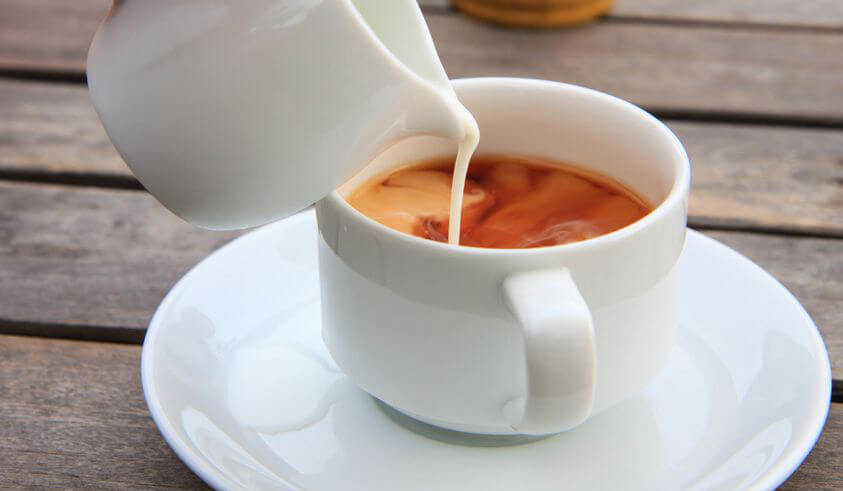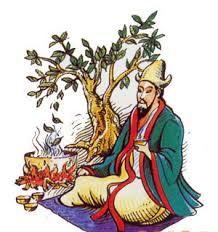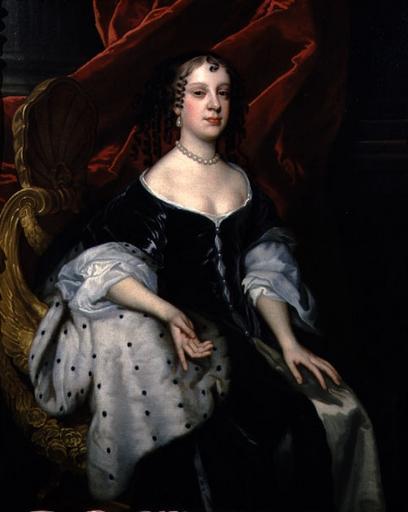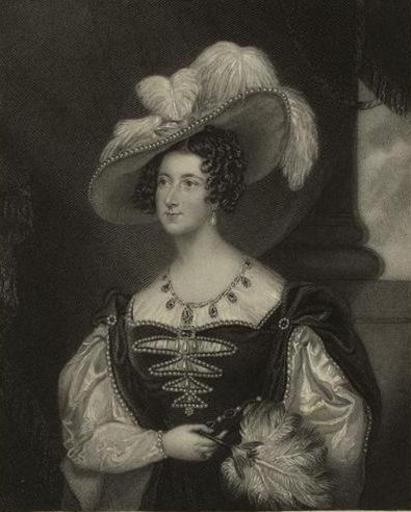To enjoy over a 10-minute cuppa:

We have been drinking tea for some 5,000 years. It was said to have been discovered by the Chinese Emperor Shen Nung, while he was on a journey to a distant province. His entourage having stopped for rest and refreshment, an unexpected gust of wind blew a few leaves into a cauldron of water being boiled for the emperor to drink. Not knowing what had occurred, the emperor found he enjoyed the surprisingly pleasant and refreshing brew he had been given. As a well-known herbalist, often referred to as the ‘father of Chinese medicine’, he instructed his servants to take cuttings from this very bush, which we know as camelia sinensis, and plant them back in his province. They flourished and the Chinese took enthusiastically to drinking dried and brewed tea leaves, albeit as a medicinal rather than an enjoyable beverage.

Tea drinking comes to Europe
It took centuries for tea to reach Europe, where it was introduced by Dutch and Portuguese explorers and traders returning from their voyages to Asia. Initially, tea was regarded more as a medicinal beverage than a daily indulgence, believed to cure a variety of health ailments.
In England, tea drinking did not really become popular until the mid seventeenth century. Having first appeared in a small number of male-frequented coffee houses, it was only after the marriage of the Portuguese princess Catherine of Braganza to English king Charles II that it became enjoyed by both men and women. Tea drinking was already popular in Portugal and the young princess requested the drink upon first arriving in England. Before this, the popularity of tea had not yet taken root, and its association with coffee houses caused it to be frowned upon by women. Catherine’s arrival marked a turning point, increasing the profile and interest in the drink among the court and upper classes.

It was now considered a refreshing beverage rather than a purely medicinal drink. With its rising popularity and reputation as a new luxury, the East India Company began importing tea to England in 1664, facilitating the increasing demand.
During the British colonial years, its use spread throughout the British colonies, including America, Canada and Australia. By the 1700s, tea was a hot commodity, but the British government’s heavy taxation on imports meant prices soared. These high taxes lead to the rise of tea smuggling throughout the 18th century, an extremely lucrative business. With ruthless gangs trying to stake their claim, it was clear something had to be done and in 1784 the government lowered the tax on tea so much that tea smuggling stopped being profitable.
Tea drinking for all
By the early 19th century, thanks to lower prices, tea had become a staple in the everyday life of labourers, factory workers and the working classes. The hot, sweet beverage provided warmth, comfort and an additional boost to the workers of the Industrial Revolution who were required to work long and gruelling hours.
In the mid 19th century, there was a dramatic switch from the British drinking China tea to Indian tea. Tea plants had been discovered growing wild on the hill slopes of Assam and Darjeeling by the East India Company. Thanks to some roguish espionage activities by the Scottish horticulturalist Robert Fortune, tea plants, as well as the closely guarded secrets of their processing, were clandestinely smuggled from China to India. These were successfully cultivated by British plantation owners in India, boosting the trade of the East India Company. It was now considered patriotic by the British to drink the stronger and more flavourful Indian tea.
The birth of afternoon tea
Her Grace, the 7th Duchess of Bedford, is widely acccredited with ‘inventing’ the custom of afternoon tea. It was during an afternoon around 1840, at her country estate of Woburn Abbey, that the Duchess summoned her maid to her rooms and requested that the cook send up a few satisfying titbits to accompany her afternoon pot of tea. She explained that she had recently been experiencing hunger pangs during the long hours between lunch and the fashionably-late evening dinner.
This mid afternoon snack became a habit with the Duchess and she soon started inviting friends to join her. She then happened to mention it to her close friend Queen Victoria, who adopted the custom at Buckingham Palace. Not surprisingly for the Victorian era, a slew of etiquette books were soon published to help ensure that afternoon tea parties were conducted by polite society in the appropriate manner.

The terms ‘high tea’ and ‘low tea’ came into use as a reflection of the Industrial Revolution. After a long day toiling in the factory or fields, workers came home to an evening meal called high tea. This was eaten at around 7 pm, the high time of the day, often with proteins such as meat, cheese and eggs. It was taken at a ‘high’ dining table, as plates and cutlery were required for what was in fact their dinner. On the other hand, low tea was the term for mid-afternoon tea, little bits that could be served on lower tables, what we would now call coffee tables. Low tea, or afternoon tea, was for the aristocracy and upper middle classes, who would temper the amounts they ate, as there would no doubt be a large Victorian size dinner following in the evening.
Taking afternoon tea in public
By the mid 1860s tearooms started to appear on high streets. Fashionable hotels also started offering their guests and local clientele afternoon tea. Unlike the bawdy coffee houses of the 17th century, genteel tearooms were much favoured by women who felt there was no need to be accompanied by their husbands. It is suggested that this feeling of liberation helped to foster the women’s emancipation movements.
The first hotel in London to offer an afternoon tea was the Langham, when it opened its doors in 1865. The hotel still describes itself as ‘The birthplace of afternoon tea’. In the US, the historic Plaza Hotel in New York, which opened in 1907, was considered one of the first American hotels to serve afternoon tea, and the following year in Canada, the Empress Hotel on Victoria Island opened, proudly announcing its afternoon tea offering. In the 21st century, the popularity of an indulgent afternoon tea, whether taken at home, in a country tearoom or a luxury hotel, shows no sign of abating. Hotels around the world serve a traditional afternoon tea, often reflecting their own culture in the food. Themed teas, celebrating key dates in the year or cultural events, are a huge hit.
And our cup of tea? More than just a drink, tea has been a key player across various historically significant periods. Nowadays, brewing a tea bag is by far the most popular way of making tea, although some still use teapots for the comforting ritual aspect. After Turkey and Ireland, the UK consumes the most tea per capita, drinking over 60 billion cups of tea a year. Morning, noon or night, for many of us, a cuppa is never too far away. The 21st century has also seen the rise in popularity of various teas such as matcha and masala chai, along with the use of alternative milk, such as oat or soy. It’s safe to say the world’s tea-drinking fixation isn’t going away any time soon!
There are lots more surprising, and sometimes controversial, facts to discover in a World of Afternoon in-person or Zoom talk, or by reading my book ‘Please pass the scones’ Use code GP2420 for 20% discount.
